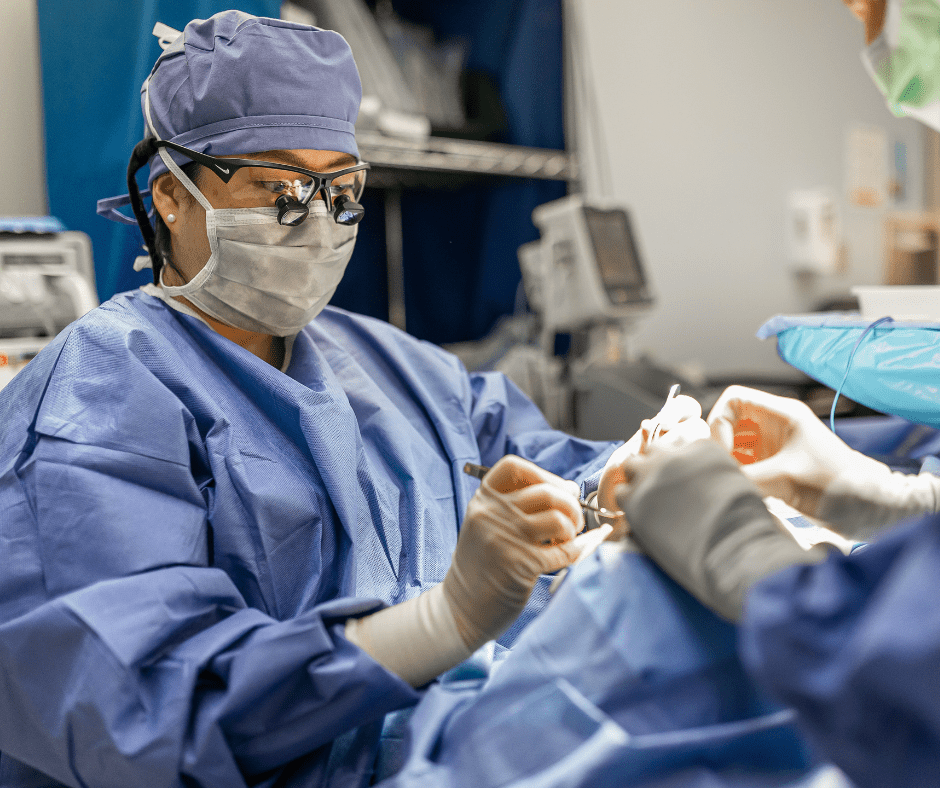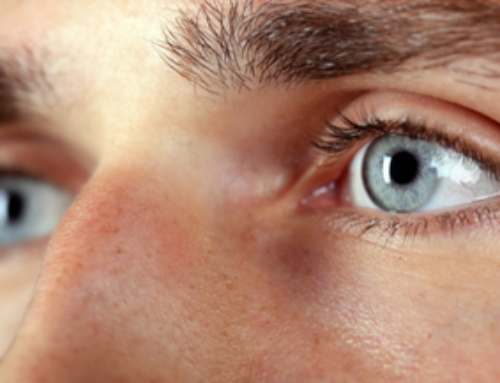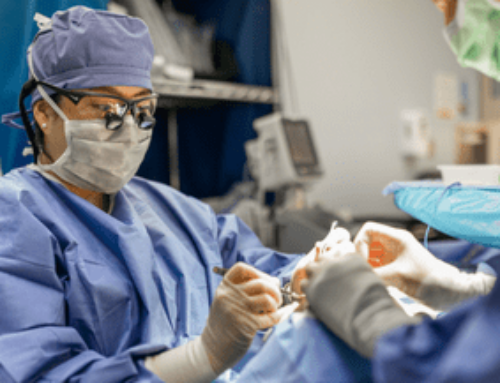- What is eyelid surgery?
- Is eyelid surgery safe?
- Who is a candidate for eyelid surgery?
- What’s it like to recover from eyelid surgery?
- How long does eyelid surgery last?
- What does eyelid surgery cost?
Eyelid surgery, or blepharoplasty, is so popular for those over 55, that the American Association of Retired Persons (AARP) covered this surgical procedure on their blog a few years ago. There are typically more than 115,000 of these procedures performed in the U.S. each year, making it one of the top five cosmetic procedures for both women and men.
What is eyelid surgery? Why would you need it? Is it just a cosmetic procedure? We have answers to these and other questions about this very common surgery to help you look and see your best.
What Is Eyelid Surgery?
An eyelid surgery, or blepharoplasty, is a procedure performed on the upper and or lower eyelids to remove signs of aging.
Blepharoplasty is done primarily for two reasons:
- Cosmetic, to help you look younger and refreshed
- Functional, to help you see better when peripheral vision is obstructed
As you age, the elasticity of your tissues starts to decline, wrinkles and loose skin develop, and the fat pads can start to bulge forward around your eyes. Gravity also gradually starts to affect the eyelids causing sagging and hooding over your eyes. These changes can make you look tired and aged, but a blepharoplasty can reverse these changes by removing the excess skin and bulging fat from the lids.
Is Eyelid Surgery Safe?
Eyelid surgery is actually one of the safest of all cosmetic procedures. Blepharoplasty is performed as an outpatient procedure for which you don’t need general anesthesia, just a local anesthetic and oral or IV sedation to keep you comfortable.
On the day of surgery, your surgeon will examine and mark your lids before the procedure. Once in the operating room, you will receive medication to keep you calm and comfortable, then the local anesthetic will be injected into the eyelids. When your eyelids are fully numbed, the excess skin (and fat if necessary) will be removed. To help avoid the appearance of scarring, the surgeon will cut along the naturally existing creases of your eyelids. The upper eyelid incisions are carefully closed with sutures, which will stay in place for about a week. The lower eyelid incisions may or may not need sutures depending on where the incisions are made.
Complications are rare from an eyelid surgery but, like for any surgery, it’s important to understand the possible risks, including bleeding, scarring, infection and dry eye. Following your surgeon’s instructions after surgery should help prevent any complications from occurring.
Who Is a Candidate for Eyelid Surgery?

Most blepharoplasty patients tend to be in their 40s or older. However, we see blepharoplasty candidates as young as 25, particularly if droopy eyelids run in their families. Some patients come in thinking they need a full facelift, but you would be surprised at how much younger you can look with just an “eyelid lift.” After all, most people look at your eyes when they’re talking to you.
Candidates should be in good and stable health. In some cases, you may need to have labs, testing, or changes to medication prior to surgery. Make sure to disclose your medical and surgical history, medications, vitamins, and supplements to your surgeon.
If the heaviness from the upper eyelids is significant, it can impair your peripheral vision. Some upper eyelid blepharoplasty procedures may qualify for insurance coverage for functional improvement. A blepharoplasty can help you see more peripherally, which can affect your daily activities as well as improve your safety. Optimizing your peripheral vision can, for example, help you see oncoming traffic from the sides, or prevent you from bumping your head on cabinets. Your surgeon will need documentation of how much of your vision is obstructed by the eyelids. For this, you will take a visual field test to determine how much the excess skin hinders your peripheral vision. The test will be repeated for each eye with the eyelid taped up, so the improvement in peripheral vision can be documented. Additionally, your clinical team will take before and after photos of your eyes.
What’s It Like to Recover from Eyelid Surgery?
You will go home the same day of your procedure. The surgery itself can last from 30 minutes up to 2 hours, depending on whether you’re having upper or lower eyelid surgery. Before you leave the surgery center, antibiotic ointment will be applied to your eyelids and this may make your eyesight a little blurry. Your eyes may also be sensitive to light and feel watery. Of course, you should have someone drive you home after your procedure.
At home, you should rest and immediately start applying cool compresses or ice packs over your eyes to reduce swelling. You should also sleep with your head elevated to help reduce swelling. While the amount of swelling and bruising varies significantly per person, you may be surprised by how little swelling and bruising you experience from an upper eyelid blepharoplasty alone. Most of the swelling and bruising resolves over the first couple of weeks. Lower eyelid blepharoplasty is more complex and involves tissues deeper in your eye socket, so the swelling may be more significant and last longer. You will need to continue using ointment and or eyedrops during recovery.
Activities will be limited the first 2 weeks after surgery. In order to avoid bleeding, infections, breaking stitches, or opening wounds, you should avoid dirty, sweaty, strenuous activities. Also, to help minimize potential scarring or pigmentation of the incisions, avoid sun exposure to the area. Be sure to wear a hat and sunglasses if you venture outside even for a minute. You can resume most of your activities after 2 weeks, but no swimming, saunas, or spas for 4 weeks.
It’s extremely rare to have complications after this surgery, but it can happen. Rest assured that your Ocala Eye team led by our oculoplastics specialist, Dr. Sarah Kim, is standing by to facilitate a quick and comfortable recovery.
How Long Does Eyelid Surgery Last?
The typical upper lid blepharoplasty lasts up to five years or longer. Surgery on the lower eyelids rarely needs repeating. However, aging continues and you may need other eyelid or brow lifting procedures if heaviness or laxity recurs.
What Does Eyelid Surgery Cost?
The typical blepharoplasty costs around $3,300 to $7,800, depending on how many eyelids you treat. If your eyelid surgery qualifies as a functional procedure, private insurance or Medicare may cover a portion or all of the costs. Your insurance typically will not cover eyelid surgery if it is considered purely cosmetic.
The Oculoplastics team at Ocala Eye has performed countless blepharoplasties to improve the lives of our patients. If you’re interested in talking with our team about this procedure, please don’t hesitate to contact us.


